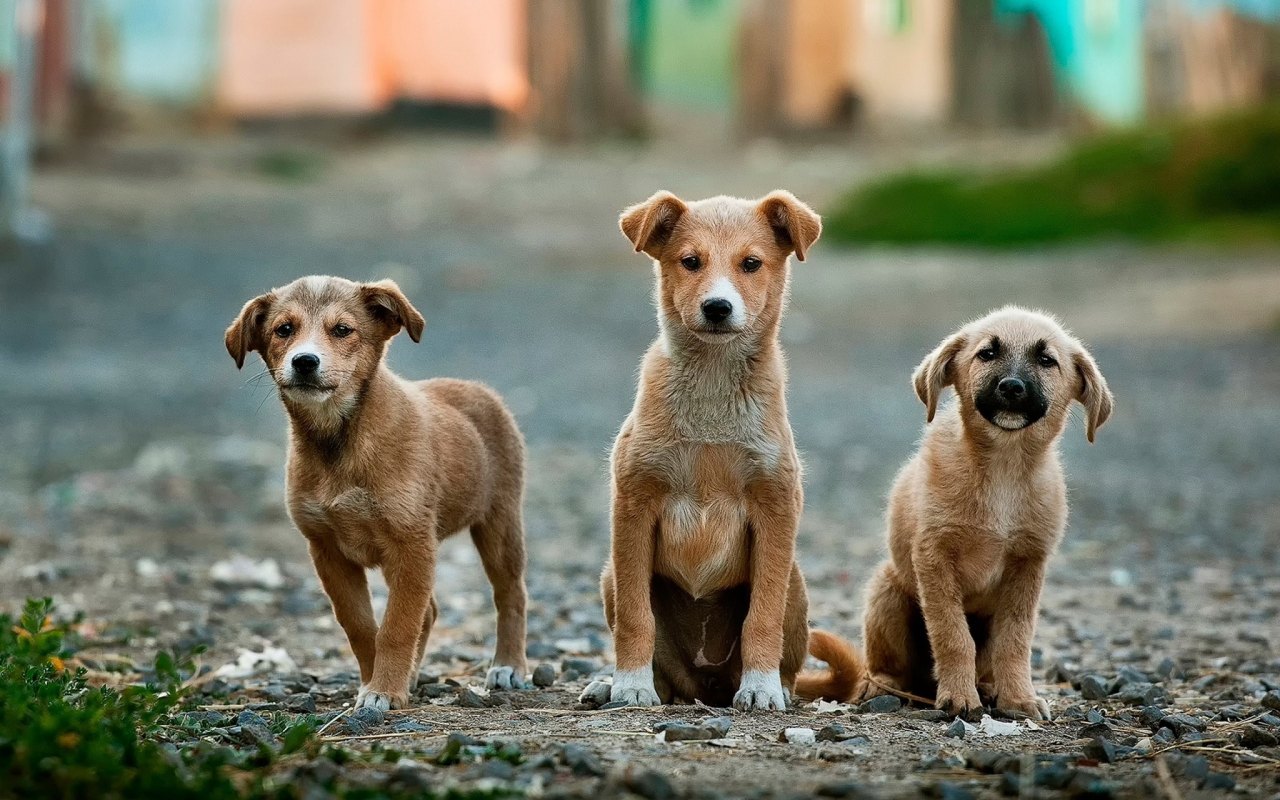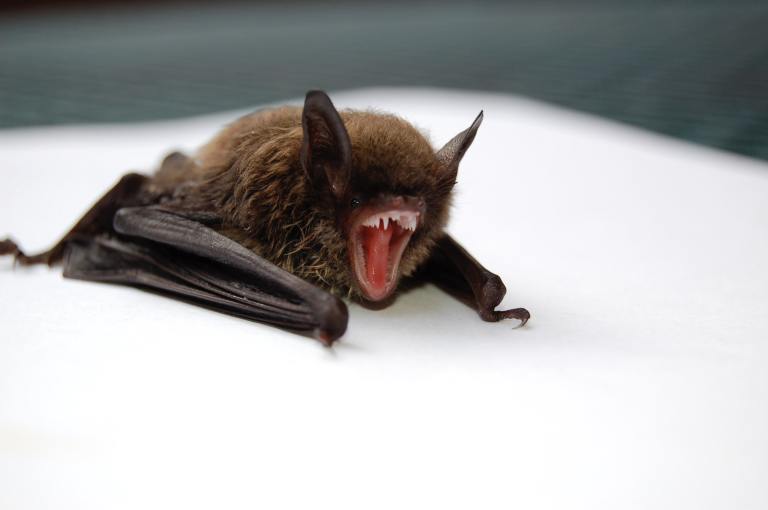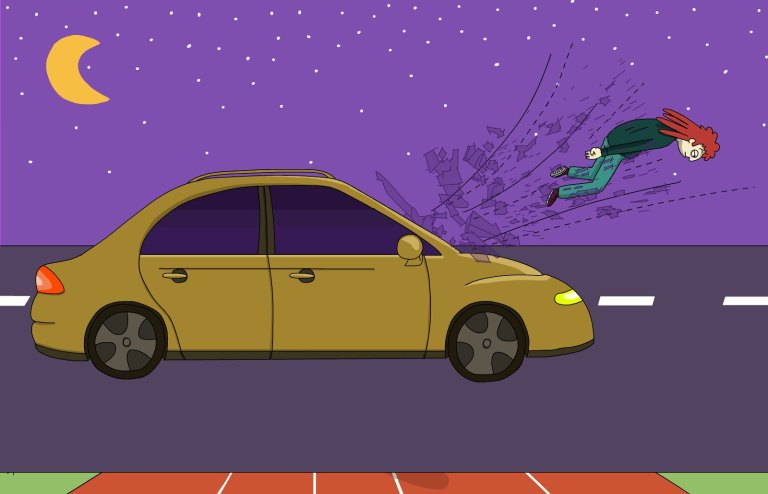
10 Horrifying Facts About Animal Testing That Will Completely Ruin Your Day
Not only are live animals used in experiments by the cosmetics industry, but companies that manufacture cleaning products, pharmaceuticals, and even tobacco companies all conduct research on live animals just so we can use Tide, take Valium, and smoke cigarettes.
By ![]() Jenn Ryan
Jenn Ryan
While doing a project in college, I realized that just about every cosmetic product I owned—from my deodorant all the way down to my contact lenses—was tested on animals.
Not only was I shocked, I was outraged. I’d been spending money on products that were not only full of synthetic chemicals, but were also used to torture animals?
A couple years later, I grasped the true extent of animal testing. Not only are live animals used in experiments by the cosmetics industry, but companies that manufacture cleaning products, pharmaceuticals, and even tobacco companies all conduct research on live animals just so we can use Tide, take Valium, and smoke cigarettes.
Seriously?
Here are 10 horrifying facts about animal testing that are about to ruin your day.
1. 95% of Animals Used Are Not Protected Under the Animal Welfare Act (AWA)
According to the AWA, the term “animal” refers to dogs, cats, monkeys, guinea pigs, hamsters, and rabbits. However, the AWA also states that the term “animal” excludes birds, rats, and mice, which, you guessed it, constitute the vast majority of animals used in experiments.
This means these animals are subject to any experiment without regard for their life or suffering. Unfortunately, even animals protected by the AWA are subject to abuse.
2. Shelter Dogs Are Sometimes Sold to Laboratories
At times, laboratories either buy animals from shelters or pose as adopters to use the animals in experiments. The laws on this practice, called pound seizure, vary by state. While 16 states have prohibited this practice entirely, other states allow it in some form, although only facilities in Oklahoma are actually required to surrender animals when requested to do so.
3. 94% of Drugs That Pass Animal Tests Fail Human Trails
Yes, you read that right—94%. This means that out of the hundreds of millions of animals that are tortured and killed, their suffering and loss only gets us so far. Not only is this a huge waste, but it hinders us from exploring methods such as in vitro testing, which has been proven to be more accurate, cheaper, and humane.
In fact, some drugs that have been proven to be safe in animals kill thousands of people. The drug Vioxx killed over 60,000 people when it was consistently shown to be safe and effective in lab animals.
4. The Charities You Support Conduct Animal Research
Every time you donate money to or support the American Heart Association, the American Red Cross, the American Cancer Society, the Breast Cancer Research Foundation, the Alzheimer’s Association, or many other charities, you’re supporting even more animal research. Fortunately, there are charities you can donate to that don’t engage in these unethical practices.
5. Many Human Diseases Cannot Be Replicated in Animals
Rodents are often used in cancer research, but they cannot get carcinomas, the human form of cancer. The two most common diseases among Americans are lung cancer and heart disease, neither of which can be replicated in lab animals. Proponents of animal research have even noted the struggle to replicate human diseases in test subjects for meaningful results.
6. Animal Testing Is Responsible for Countless Human Deaths
Interestingly enough, the toxicity of many chemicals—including cigarettes and the known carcinogen benzene—have not caused the same diseases in animals. This has lead humans to believe that they were safe and in some ways, still prolongs their current use.
This is also true for arsenic, asbestos, glass fiber, and for diseases such as HIV and surgeries such as lung transplants and radial keratotomies (eye surgery). Arsenic wasn’t suspected to be a carcinogen until the late 1960s.
7. Torture Is Absolutely Legal When It Comes to Animal Testing
Animals are burned, poisoned, starved, mutilated, blinded, electrocuted, drowned, and dissected without anesthesia. Many labs are not inspected, in poor condition, and cause major distress to the animals. There is essentially no illegal live animal experiment.
8. Lab Animals Are Forced to Inhale Cigarette Smoke
Animals such as rats, rabbits, dogs, and monkeys are forced to inhale cigarette smoke for prolonged periods of time. Some of these animals are completely confined to tubes where they cannot move and are forced to breathe cigarette smoke constantly. They are then killed to see what the damage is—yes, this happens just about every time a tobacco company launches a new “flavor”.
Don’t believe me? You can download research where rats were forced to inhale cigarette smoke for 90 days before their death. (P.S—Rats cannot breathe through their mouths, so they are forced to inhale the smoke through their noses.)
9. If You’re an American and a Taxpayer, You’re Being Forced to Pay $16 Billion for These Experiments
Yes, about $16 billion every year goes to government-funded, unnecessary, and inhumane animal medical research. You are part of this cycle whether you choose to be or not. You can choose to stop buying cosmetics that test on animals, but you can’t choose to stop paying your taxes without a lovely notice from the IRS.
10. U.S Law Does Not Require All Animals Used in Lab Tests to Be Reported
The 95% of non-AWA protected animals we talked about? They are not required to be accounted for. Keep in mind that cosmetic testing only accounts for a very small percentage of animal testing, the rest is medical. It’s estimated that up to 98% of the animals used in experiments are not protected under the AWA, meaning the truth about the degree of animal experiments remains hidden.
Did these facts about animal testing surprise you? In vitro research is more accurate, cheaper, safer, and more humane. Isn’t it time we invested in alternatives instead of torture? Thanks for reading! ![]()











